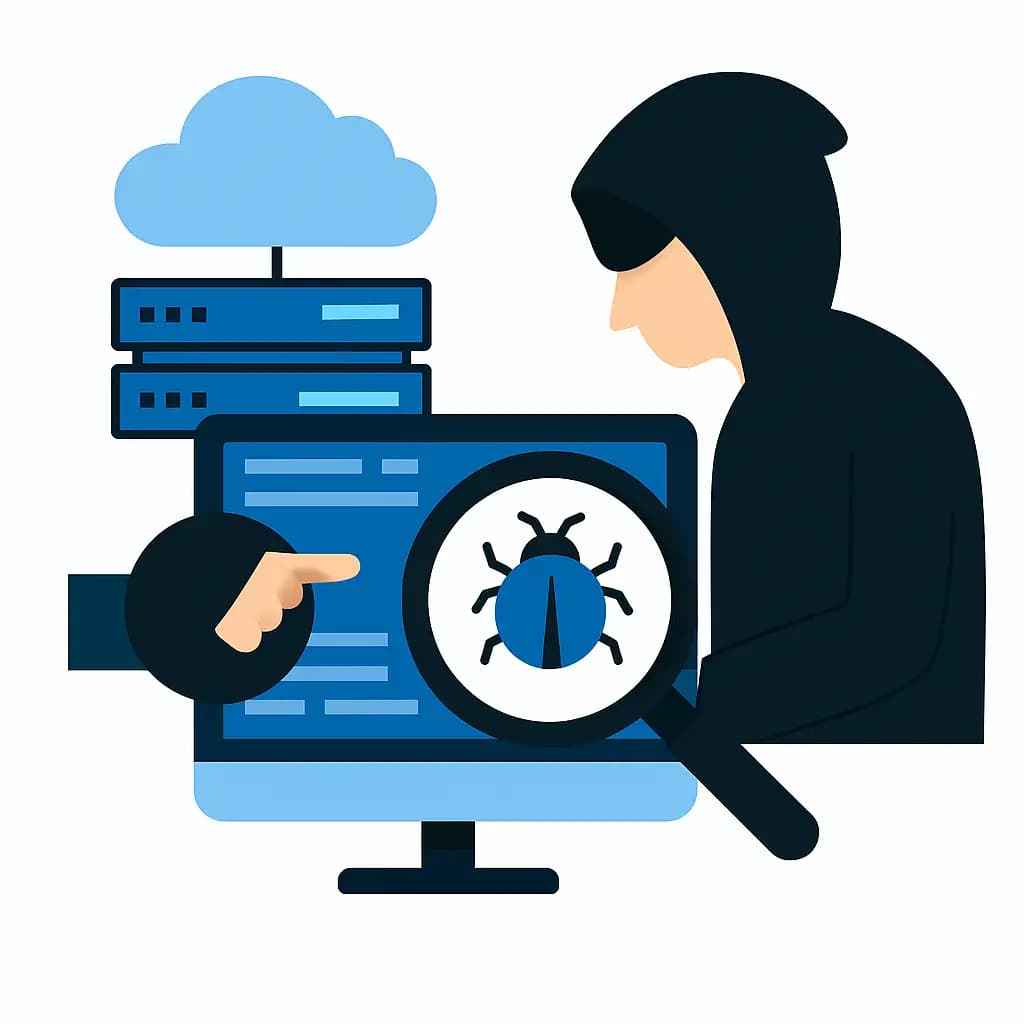Infrastructure Penetration Testing
What is Infrastructure Penetration Testing?
Infrastructure Penetration Testing is a specialized form of cybersecurity assessment that evaluates the security posture of an organization’s IT infrastructure. The goal is to identify and exploit vulnerabilities in systems, networks, and devices in a controlled manner to understand potential security weaknesses before a real attacker can exploit them. This testing simulates real-world cyberattacks and helps organizations proactively strengthen their defenses.
The process typically begins with defining the scope of the test. This includes deciding whether to test internal infrastructure (like internal networks, servers, and databases) or external components (such as firewalls, VPNs, public IP addresses, and cloud services). Once the scope is set, testers move on to the reconnaissance phase, where they gather information about the target systems using public resources and network scanning tools.

Key Features of Infrastructure Penetration Testing

Why Infrastructure Penetration Testing is Important?

How Does Infrastructure Penetration Testing Work?

Why Hoplon?
Frequently Asked Questions
Everything you need to know about Infrastructure Penetration Testing
We're Here to Secure Your
Hard Work
Protect your system from cyber attacks by utilizing our comprehensive range of services. Safeguard your data and network infrastructure with our advanced security measures, tailored to meet your specific needs. With our expertise and cutting-edge technology, you can rest assured that your system is fortified against any potential threats. Don't leave your security to chance – trust our proven solutions to keep your system safe and secure.
Share this :